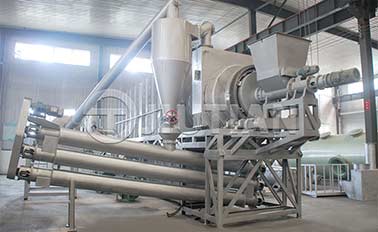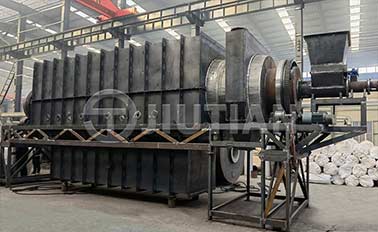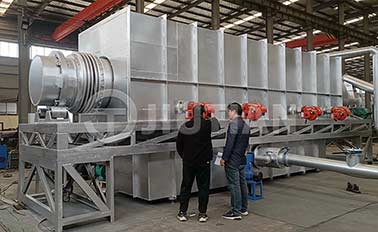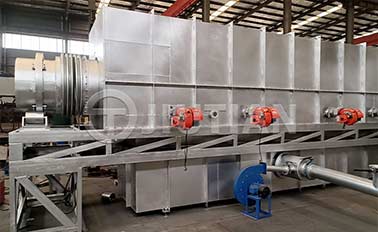Coconut shell is one of the common raw materials for making activated carbon. Activated carbon is a porous carbonaceous material with a large surface area and excellent adsorption properties. Coconut shells can be used to prepare activated carbon after special treatment, and coconut shell activated carbon has advantages over other raw materials in some aspects.
Preparing coconut shell activated carbon usually involves the following steps:
1. Carbonization: Coconut shell first needs to be carbonized in a carbonization furnace, that is, it is heated at high temperature and under oxygen-free conditions to convert the organic matter in the coconut shell into carbonaceous matter.
2. Activation: The carbonized product is usually called carbon, and then needs to be activated. Activation is a process through the use of gases at high temperatures to open the pores of the carbon structure, increasing surface area and adsorption properties.

Coconut shell activated carbon has some of the following advantages:
1. Macroporous structure: The pore structure of coconut shell activated carbon is usually larger, making it suitable for adsorbing macromolecular substances.
2. Renewable and sustainable: Coconut shell is a renewable resource, so the preparation of coconut shell activated carbon is relatively environmentally friendly.
3. Low cost: Coconut shell is usually a by-product and therefore relatively low cost.
Therefore, coconut shell activated carbon is widely used in water treatment, air purification, metal decolorization, food and beverage industry and other fields.

Location:Indonesia
Project Progress:Put Into Production

Location:Vietnam
Project Progress:Put Into Production

Location:Kenya
Project Progress:Put Into Production

Location:Canada
Project Progress:Put Into Production